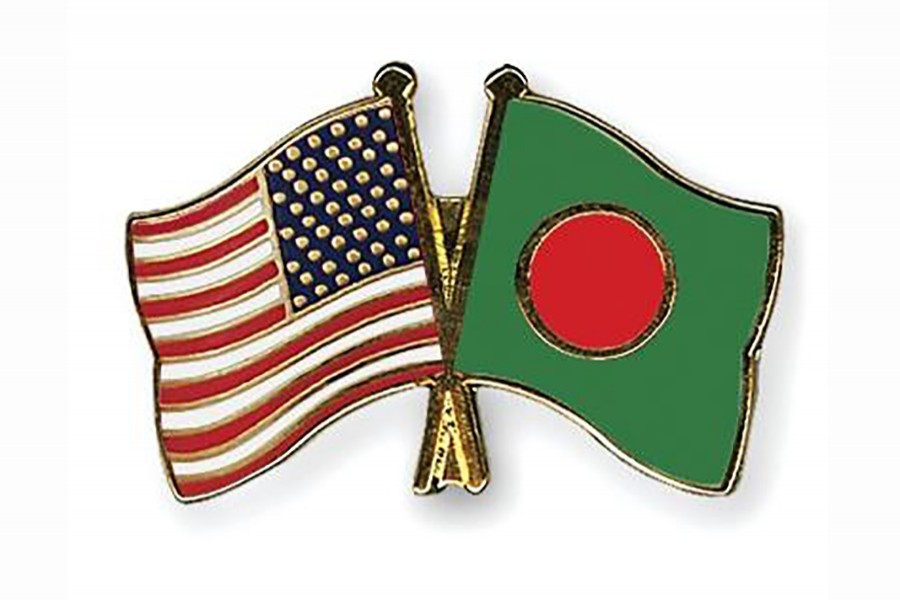The US ambassador's remarks made reportedly at a recent press conference on the eve of the three-day 28th U.S. annual trade show (started on October 27) in Dhaka that there is huge potential for future growth of business between the two countries are highly inspiring. For, it is a time when Bangladesh is in desperate need of massive foreign investment to stave off the intense inflationary pressure on the economy attributable to the constantly appreciating US dollar against taka. The US Trade Show co-sponsored by the American Chamber of Commerce in Bangladesh (AmCham) is learnt to be showcasing the products and services of some 40 US companies at the event's venue, a local hotel. Notably, the holding of this event this year bears especial significance, because it also marks the 50th anniversary of Bangladesh's diplomatic relation with the USA. Hopefully, this trade fair would start off a new era of enhanced bilateral relationship between the two nations in the sphere of trade and commerce. As pointed out by the US ambassador to Bangladesh, Peter D Haas, at the press meet, the total volume of two-way trade between Bangladesh and the USA stood at US$10.64 billion in 2021, while it was US$9 billion in 2019 making Bangladesh the US's 46th largest trading partner. This is undoubtedly impressive seeing that it was only over US$1.0 billion three decades back in 1992.
Admittedly, the US companies have been the biggest source of Foreign Direct Investment (FDI) with US$4.43 billion in cumulative investment as of 2021, which was 20 per cent of the total FDI stock in Bangladesh. Coming to export, Bangladesh's largest volume of goods goes to the US market. For instance, last year (2021) the volume of export was worth US$8.3 billion, while goods worth US$7.6 billion have already been exported to the USA this year (2022). As the figures show, Bangladesh's exports to the US have been on a progressively rising curve. But the US being the world's largest economy, the growth in the volume of Bangladesh's trade with that country over all these years cannot still be said to be at the expected level. The trade volume between the two countries could see further growth, if some of the existing trade barriers like Bangladesh's lack of access to the US's Generalised System of Preference (GSP) could be removed.
It would be worthwhile to note at this point that the export of Readymade Garment (RMG) products to the US (items that make up the lion's share of Bangladesh's entire export overseas) saw an increase of more than 53.50 per cent in eight months (between January and August in 2022) over the same period in the year before (2021). But this was the growth over the span of only a few months of this year. The trend only points to the potential for the future growth of only a single category of Bangladeshi export items to the US market under the post-pandemic dispensation. Needless to say, if this category of items could enjoy duty-free entry to the US market under the GSP, the export volume would be many times more than it is now.
Now that Bangladesh is aspiring to graduate to a middle-income nation by 2026, it can be hoped that the USA, as always, would be on its side in its endeavour to attain that goal. That would require greater US investment in the areas of energy and technology as well as Bangladeshi products' unfettered access to the US market.


